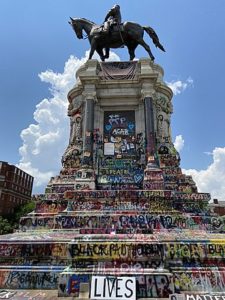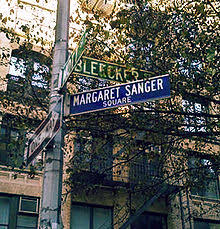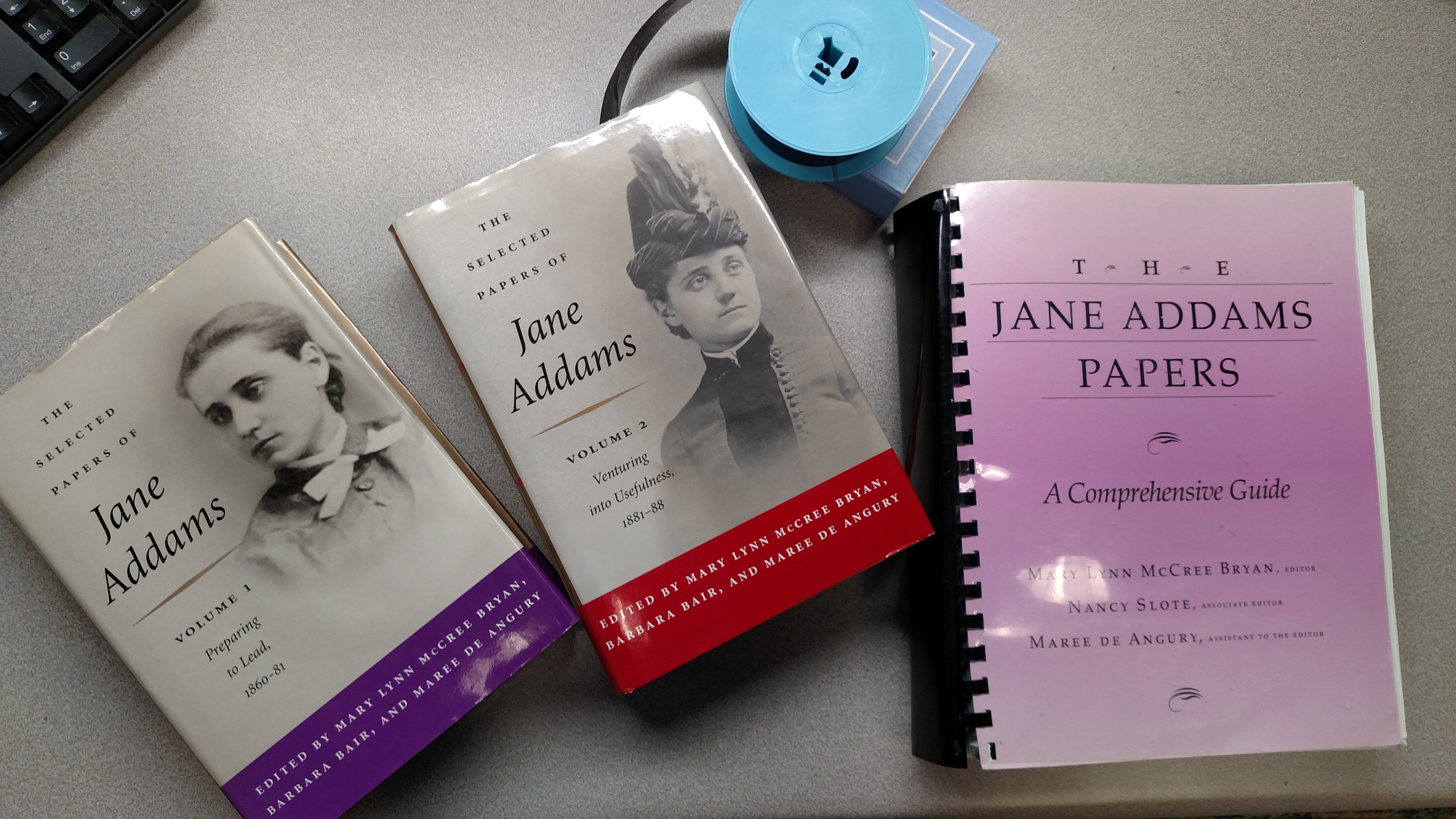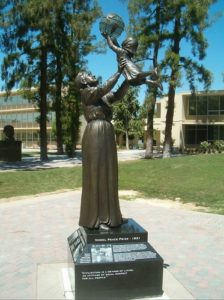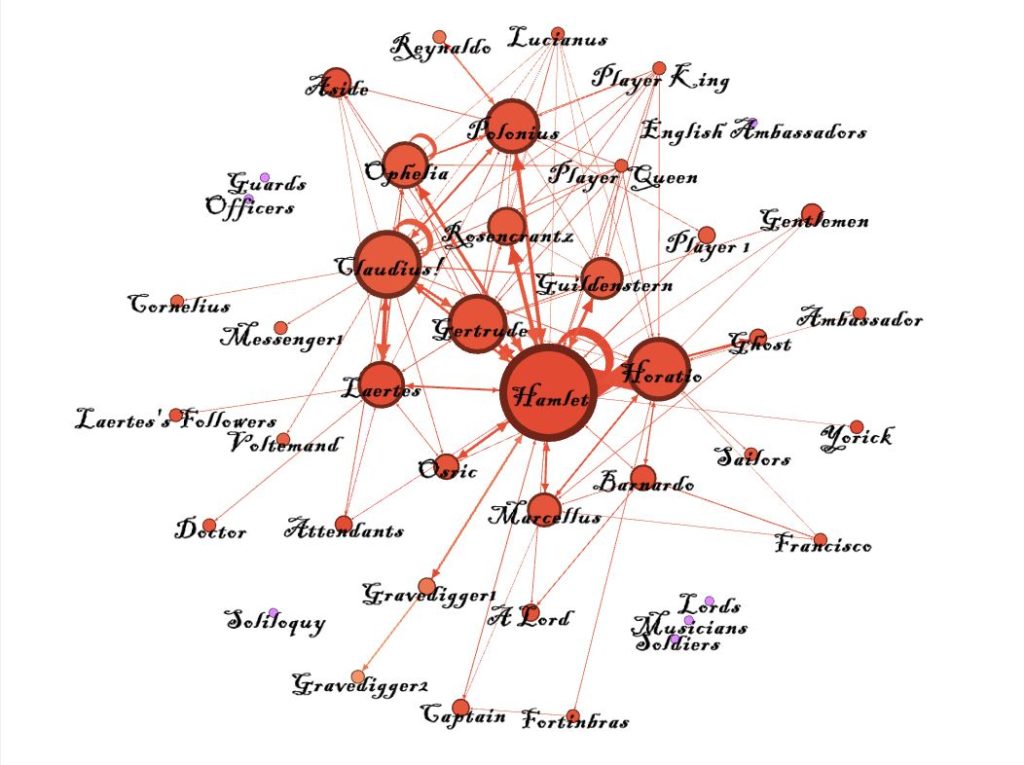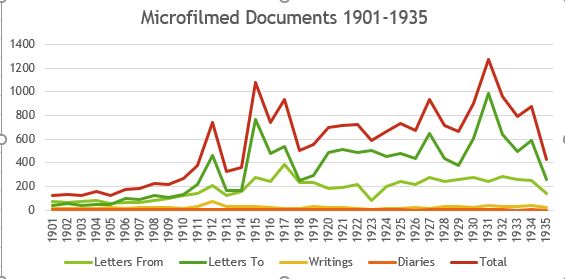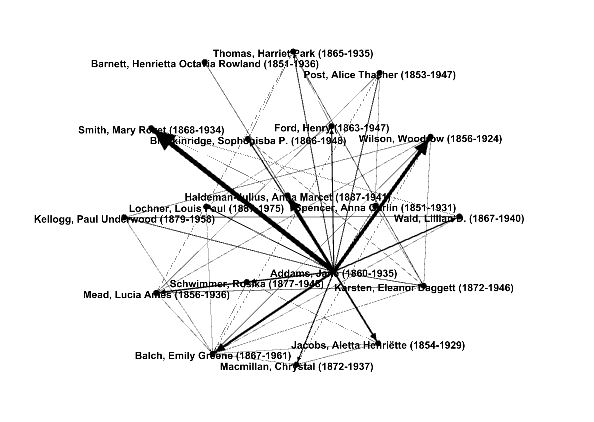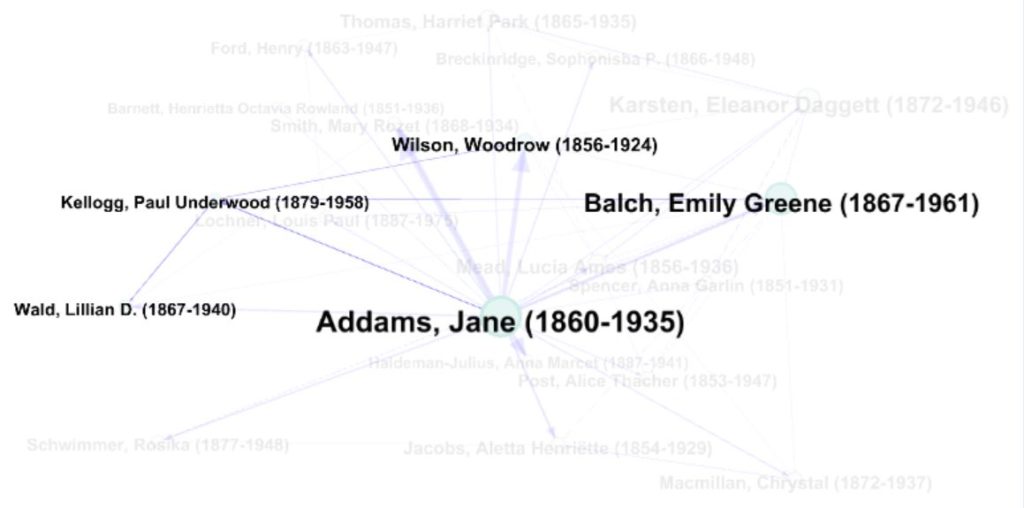 During her lifetime, Jane Addams was famous throughout the United States and around the world. Known for Hull-House and as the leader of the American social settlement movement, respected for her wide-ranging reform activities, and beloved for her commitment to economic, political, and social justice for all, Addams became a household name. Reformers, educators, politicians, and the public looked to her for inspiration and for answers to the social and economic problems of the Progressive Era.
During her lifetime, Jane Addams was famous throughout the United States and around the world. Known for Hull-House and as the leader of the American social settlement movement, respected for her wide-ranging reform activities, and beloved for her commitment to economic, political, and social justice for all, Addams became a household name. Reformers, educators, politicians, and the public looked to her for inspiration and for answers to the social and economic problems of the Progressive Era.
However, although she won the Nobel Peace Prize, published eleven books and hundreds of articles, and led consequential movements to restrict child labor, gain suffrage for women, improve the lives of immigrants, and change America ideas about poverty and the role of government in the protection of society’s most vulnerable people, she is grossly underappreciated today. I have stopped counting the number of people who ask me who Jane Addams was when I tell them I edit her papers and study her life. Although I take these opportunities to tell them about her or share a great story about her work, it makes me sad that Jane Addams is not a household name today. It is depressing that Americans can name the Kardashian sisters but have never heard of Jane Addams.
In our time of increasing inequality, rising hostility toward immigrants, and rampant civil discord, we need Jane Addams. We need inspirational figures who live or have lived in the service of others, not to themselves. Every day as I edit her papers, I am struck by how applicable the work and words of Jane Addams are today. Her dedication to equality and peace and her philosophical understanding of the connection of democracy and humanitarianism are still relevant, as is her talent to see need and suggest solutions, to mediate vast distances between cultures and ideas, and to inspire people to join her efforts to make a city, a country, or the world a better place. Her world view and ideas and her commitment to democracy are still imperative. As Charlene Haddock Seigfried writes: “The need to make democracy a vital way of life was a constant theme for Addams and one that challenges us yet again.”
The words of Jane Addams are still relevant:
Like what she wrote in defense of Russian Jews in Chicago in a 1908 article in Charities and the Commons: “In fact the more excited and irrational public opinion is, the more recklessly newspapers state mere surmises as facts and upon these surmises arouse unsubstantiated prejudices against certain immigrants, the more necessary it is that some body of people should be ready to put forward the spiritual and intellectual conditions of the foreign colony which is thus being made the subject of inaccurate surmises and unjust suspicion.”
Like the question she asked in 1913 of white Americans about what they had done or failed to do in pursuance of equality for Black Americans: “How far are we responsible that their civil rights are often rendered futile, their political action curtailed or frustrated, their equality before the law denied in fact, business and industrial opportunities withheld from them and, above all, that for twenty-five years they have been exposed to the black horrors of lynching?”
And the alarmed observation she shared in a speech at an American Sociological Society meeting in Chicago in 1919: “… for there is no doubt that at the present moment one finds in the United States the same manifestation of the world-wide tendency towards national dogmatism, the exaltation of blind patriotism above intelligent citizenship, as that evinced elsewhere.”
I do not meet historians of American history who are ignorant of her wide-ranging reform work. Illinois school children learn about Jane Addams when they study the state’s history; and Jane Addams is a popular subject for history students who participate in National History Day. The Jane Addams Papers Project is making her correspondence and writings freely available (Jane Addams Digital Edition) and has created Jane Addams lesson plans for high school teachers as well as AP history and National History Day resources (Jane Addams Exhibits). All of Jane Addams’s books are in print and/or available online. There is also a growing number of books about her life and her work, written from myriad perspectives, most notably Erik Schneiderhan’s The Size of Others’ Burdens: Barack Obama, Jane Addams, and the Politics of Helping Others (2015); Neil Lanctot’s The Approaching Storm: Roosevelt, Wilson, Addams and Their Clash over America’s Future (2021); and The Oxford Handbook of Jane Addams (2023).
There is no excuse to be ignorant of Jane Addams.
Especially now.
Because Jane Addams is now on television.
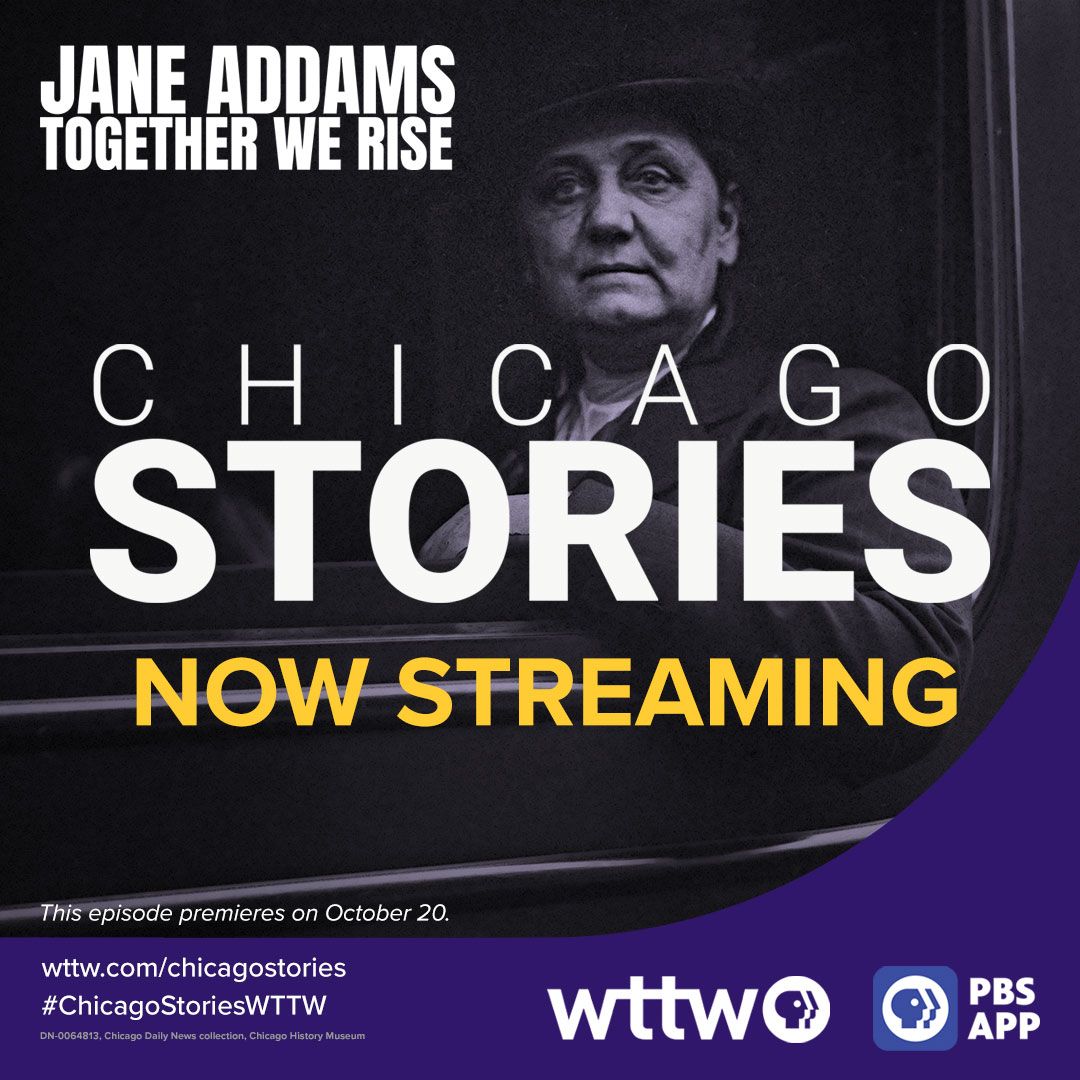 In October, WTTW, a PBS member television station in Chicago, premiered a Chicago Stories episode on Jane Addams. Jane Addams: Together We Rise examines the importance of Jane Addams in Chicago and of Hull-House as a laboratory for reform. It also chronicles the significance of Jane Addams as the leader of an incomparable group of women who became leaders in their own rights of a variety of Progressive Era organizations and activities to improve the lives of children, women, immigrants, and the working poor. When the producer Rachel Ruiz contacted the Jane Addams Papers Project about the documentary, we were thrilled and happy to assist. Our Project is based in New Jersey, but I live in Illinois and work remotely. It made sense for me to be the editor on camera for the film, although I was, at first, apprehensive.
In October, WTTW, a PBS member television station in Chicago, premiered a Chicago Stories episode on Jane Addams. Jane Addams: Together We Rise examines the importance of Jane Addams in Chicago and of Hull-House as a laboratory for reform. It also chronicles the significance of Jane Addams as the leader of an incomparable group of women who became leaders in their own rights of a variety of Progressive Era organizations and activities to improve the lives of children, women, immigrants, and the working poor. When the producer Rachel Ruiz contacted the Jane Addams Papers Project about the documentary, we were thrilled and happy to assist. Our Project is based in New Jersey, but I live in Illinois and work remotely. It made sense for me to be the editor on camera for the film, although I was, at first, apprehensive.
Jane Addams was shy about having her picture taken, and I am shy about appearing on camera.
As an editor of historical documents, I spend much of my professional life in solitude, reading letters and speeches, straining over handwriting, solving the mysteries of vague references, and contextualizing the words of my subjects. I do not teach and have little interaction with students. And, since Jane Addams is under appreciated, there are few opportunities for me to interact with the general public. During the twenty years I edited Abraham Lincoln’s papers, I gave numerous public presentations every year, hosted a long parade of visiting scholars, attended untold Lincoln events, and appeared in several Lincoln documentaries. It was often a bit much, especially in February for Lincoln’s birthday. I cannot lie. I prefer the quiet and the anonymity of my life as an editor of the Jane Addams papers.

But because I cannot lie, I also have to admit it was pretty cool to have a film crew in my Jane-Addams-era bungalow and spend the day talking about Jane Addams. The novelty of the experience for me (and my two little dogs, one of whom made it into the film!) calmed my nerves about being under the blazing (unflattering) lights in front of a camera. Although it was terrifying a year later to preview the documentary the day before it aired, I am so proud and honored to have been part of it.
Jane Addams allowed photos of herself to be taken and dispersed for the good of her causes; and so, I was happy to participate in a documentary about her life for the good of our cause at the Jane Addams Papers Project: to make her work and her words accessible to a society that needs her now more than ever. Jane Addams’s life was consequential, her work was historically significant, and she still matters. Her extraordinary example of compassion, tolerance, civility, and the belief in the promise of democracy to lift up all people, is still relevant nearly eighty years after her death. We need American heroes right now, and few are more perfect for our troubled times than Jane Addams.
 Therefore, dear readers who already know the worth of Jane Addams, go forth and spread the Jane Addams word. Watch the documentary, read her books, and tell your friends, family members, teachers, students, and community leaders to do the same.
Therefore, dear readers who already know the worth of Jane Addams, go forth and spread the Jane Addams word. Watch the documentary, read her books, and tell your friends, family members, teachers, students, and community leaders to do the same.
Stacy Lynn, Associate Editor
Books by Jane Addams (with links to first and early editions of them online)
Democracy and Social Ethics (New York: Macmillan, 1902); reprinted with introduction by Charlene Haddock Seigfried. Urbana and Chicago: University of Illinois Press, 2002.
Newer Ideals of Peace (New York: Macmillan, 1907); reprinted with introduction by Berenice A. Carroll and Clinton F. Fink. Urbana and Chicago: University of Illinois Press, 2007.
The Spirit of Youth and the City Streets (New York: Macmillan, 1909); reprinted with introduction by Allen F. Davis. Urbana and Chicago: University of Illinois Press, 2001.
Twenty Years at Hull-House with Autobiographical Notes (New York: Macmillan, 1910); reprinted with original illustrations by Norah Hamilton and introduction and notes by James Hurt. Urbana and Chicago: University of Illinois Press, 1990.
A New Conscience and an Ancient Evil (New York: Macmillan, 1912); reprinted with introduction by Katherine Joslin. Urbana and Chicago: University of Illinois Press, 2002.
The Long Road of Woman’s Memory (New York: Macmillan, 1916); reprinted with introduction by Charlene Haddock Seigfried. Urbana and Chicago: University of Illinois Press, 2002.
Peace and Bread in Time of War (New York: Macmillan), 1922); reprint with introduction by Katherine Joslin. Urbana and Chicago: University of Illinois Press, 2002.
The Second Twenty Years at Hull-House. (New York: Macmillan, 1930).
The Excellent Becomes the Permanent (New York: Macmillan, 1932).
My Friend, Julia Lathrop (New York: Macmillan, 1935); reprinted with introduction by Anne Firor Scott. Urbana and Chicago: University of Illinois Press, 2004.
Forty Years at Hull-House; being “Twenty Years at Hull-House” and “The Second Twenty Years at Hull-House.” (New York: Macmillan, 1935).
Sources: Charlene Haddock Seigfried, “Foreword,” in Patricia M. Sheilds, Maurice Hamington, and Joseph Soeters, eds., The Oxford Handbook of Jane Addams (New York: Oxford University Press, 2023), xvi; Neil Lanctot, “Jane Addams and the Great War,” Jane Addams Papers Blog, Dec. 21, 2021; from the Jane Addams Digital Edition: Jane Addams, “Chicago Settlements and Social Unrest,” Charities and the Commons, 20 (May 2, 1908): 155-66; Jane Addams, “Has the Emancipation Act Been Nullified by National Indifference,” The Survey, 29 (Feb. 1, 1913): 565-66; Jane Addams, “Americanization,” Dec. 29, 1919.
A scholarly editor and historian, Stacy Lynn formerly edited the papers of Abraham Lincoln and currently is an editor at the Jane Addams Papers Project.







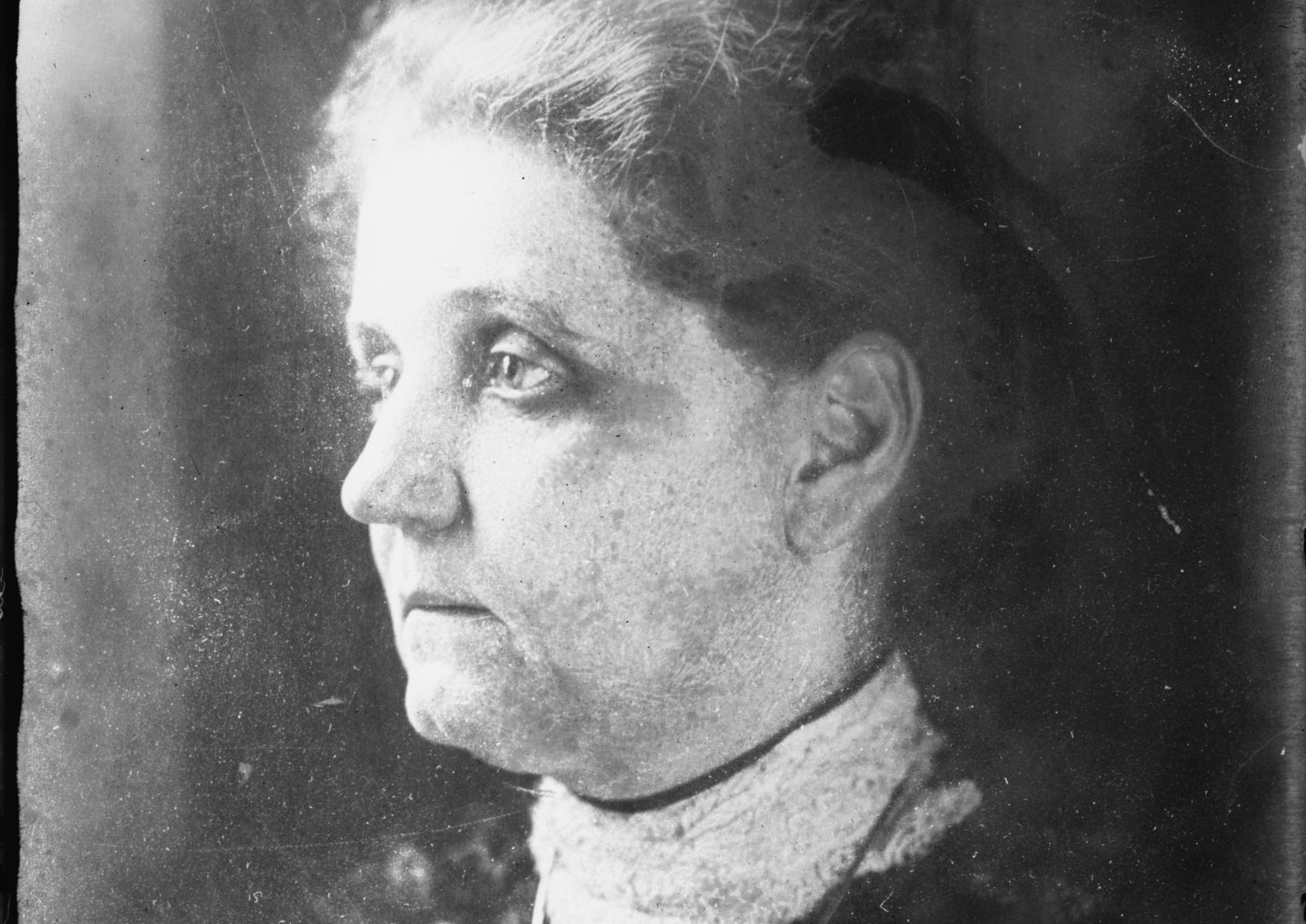

 The National Endowment for the Humanities awarded us a three-year $300,000 grant (2022-2025). The NEH’s program in Scholarly Editing aids in the publication of the Selected Papers of Jane Addams as well as our work on the digital edition. The NEH’s support for historical editions has enriched the study of our nation’s heritage tremendously.
The National Endowment for the Humanities awarded us a three-year $300,000 grant (2022-2025). The NEH’s program in Scholarly Editing aids in the publication of the Selected Papers of Jane Addams as well as our work on the digital edition. The NEH’s support for historical editions has enriched the study of our nation’s heritage tremendously.



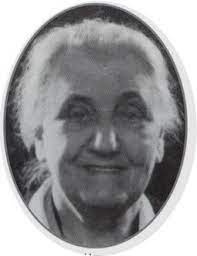 Thanks to
Thanks to 



 When we were approached by the Long 19th Amendment team, we were excited to participate for two reasons. Jane Addams isn’t known primarily for her work for woman suffrage. She is often mentioned in lists, or gets a small part in the larger history, but in her day, Addams was a leading suffragist. She was a vice president of the National Woman Suffrage Association and used her considerable fame to promote the movement. She gave frequent speeches on woman suffrage, especially on its
When we were approached by the Long 19th Amendment team, we were excited to participate for two reasons. Jane Addams isn’t known primarily for her work for woman suffrage. She is often mentioned in lists, or gets a small part in the larger history, but in her day, Addams was a leading suffragist. She was a vice president of the National Woman Suffrage Association and used her considerable fame to promote the movement. She gave frequent speeches on woman suffrage, especially on its 

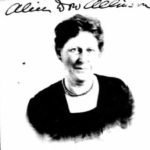












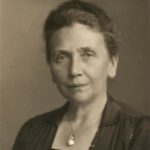
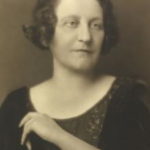


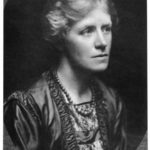

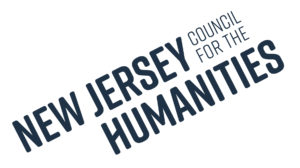 We are delighted to announce that, with a grant from the
We are delighted to announce that, with a grant from the  Jane Addams’s work during the Progressive Era and early 20th century was wide-ranging, and available topics range from her work in establishing social settlements, professionalizing social work, fighting against child labor and the persecution of immigrants and African-Americans, working to win support for woman suffrage, and her efforts for peace and social justice through the Woman’s Peace Party and the Women’s International League for Peace and Freedom.
Jane Addams’s work during the Progressive Era and early 20th century was wide-ranging, and available topics range from her work in establishing social settlements, professionalizing social work, fighting against child labor and the persecution of immigrants and African-Americans, working to win support for woman suffrage, and her efforts for peace and social justice through the Woman’s Peace Party and the Women’s International League for Peace and Freedom.

